Candidates, Why go through a recruitment agency ?
1/ Your chances of finding a job are multiplied If you respond to a job offer published by a recruitment agency, your application will not…
Hong Kong, a world city blending Chinese tradition and a Westernised way of life, is known for its spectacular bamboo scaffolding. These light and impressive structures are often wrapped in brightly coloured fabrics. With a capacity to climb up to 80 floors, skyscrapers seem to be dressed in shimmering dresses.

The internationally renowned photographer Peter Steinhauer, whose work is mainly located in Asia, has made these scaffolding the masterpiece of his art. He photographs these oversized installations with an emphasis on the beauty of architecture as a creative process rather than on the finished product. For him, the most beautiful thing is what precedes the finalisation of a project.
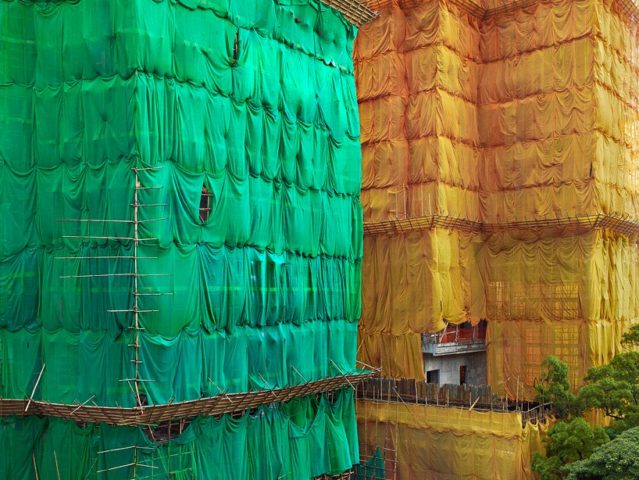
Instead of steel or aluminium structures, which are common in Europe, bamboo scaffolding is the main method of building skyscrapers in Hong Kong. The city is the last bastion of those workers mastering this technique who once practiced their trade throughout Asia.
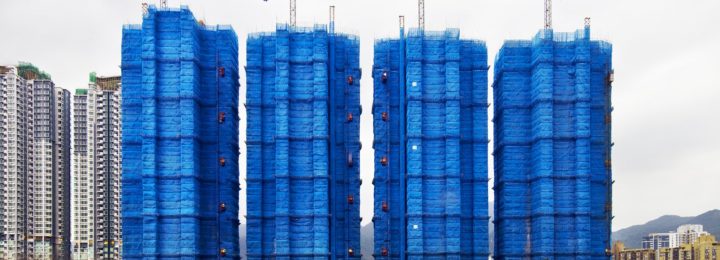
By freeing themselves from security constraints, teams are able to build up to 100 square metres of scaffolding in a single day. This bamboo mesh envelops the construction work like an external skeleton, itself covered with fabric to prevent rubble from falling into the streets, giving it that cocoon-like appearance.

The finished buildings are finally ceremoniously unveiled, gradually revealing their transformation, prolonging this metaphor of the cocoon where the building transforms from caterpillar to butterfly.
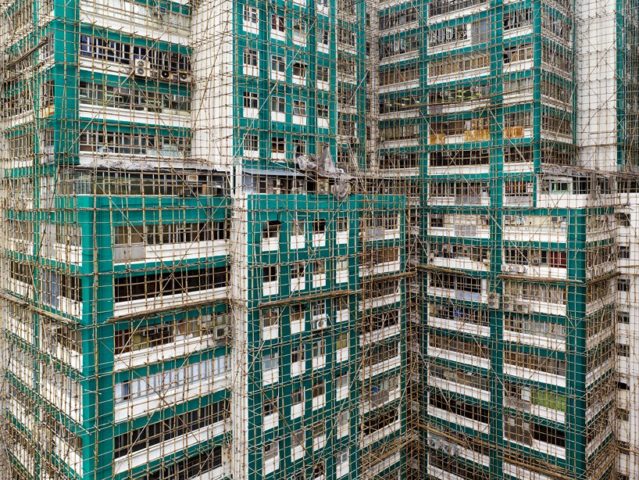
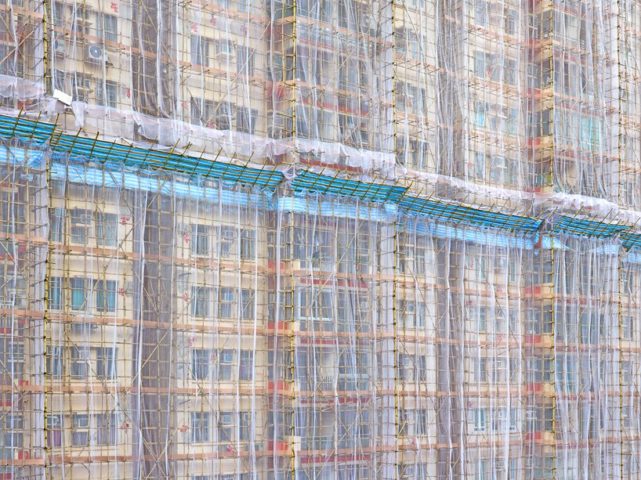
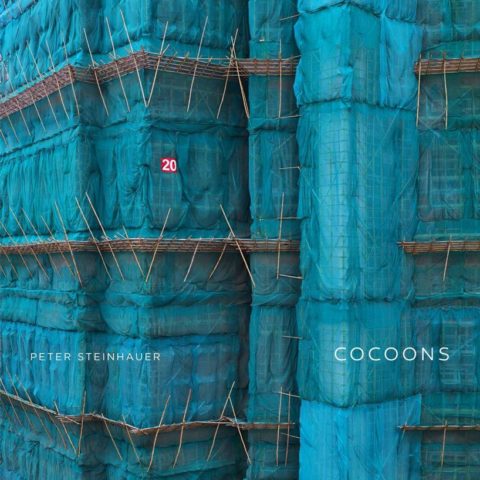
Published in his book “Cocons”, his photographs testify to his fascination with monumental buildings. Having moved from Vietnam to Hong Kong, through Bali or Borobudur in Indonesia, Peter Steinhauer likes to capture certain moments of life or to bring out concepts, in particular the “Number blocks”, a series of shots highlighting large, colourful buildings, with retro charm even if they are sometimes obsolete.
